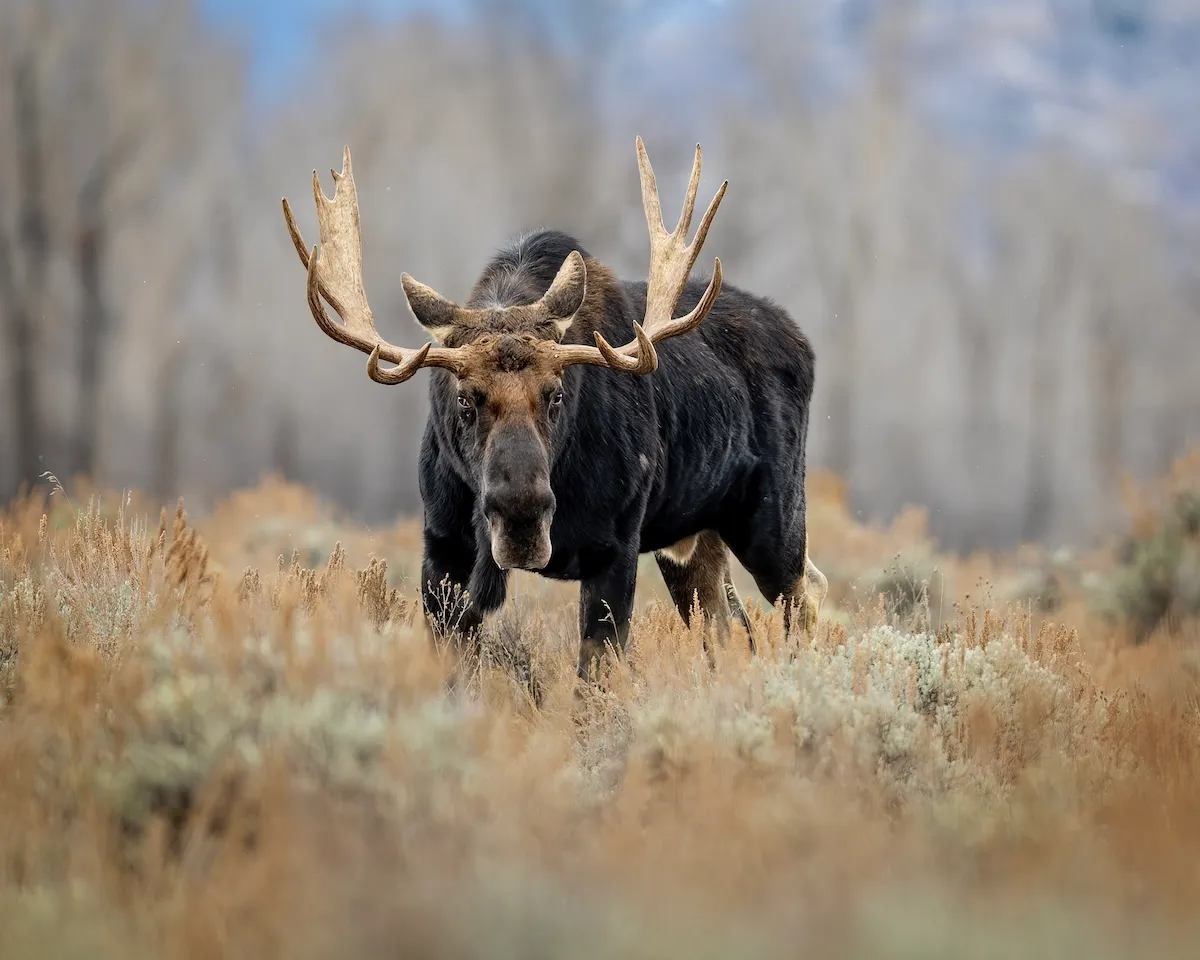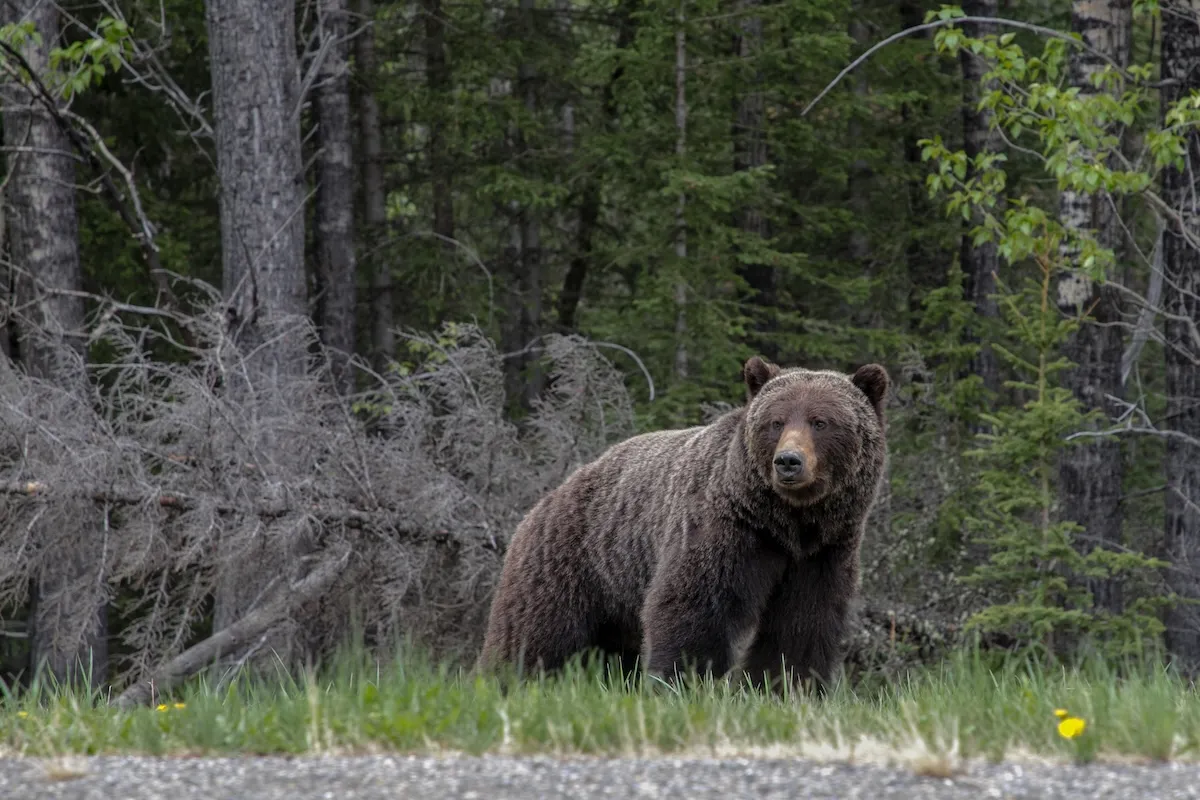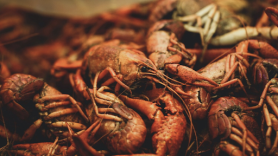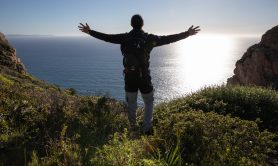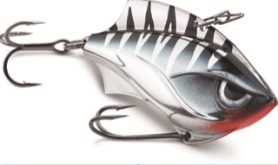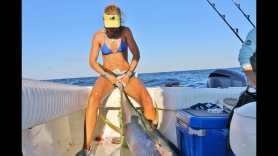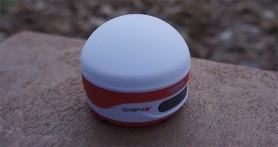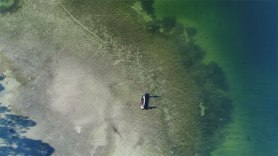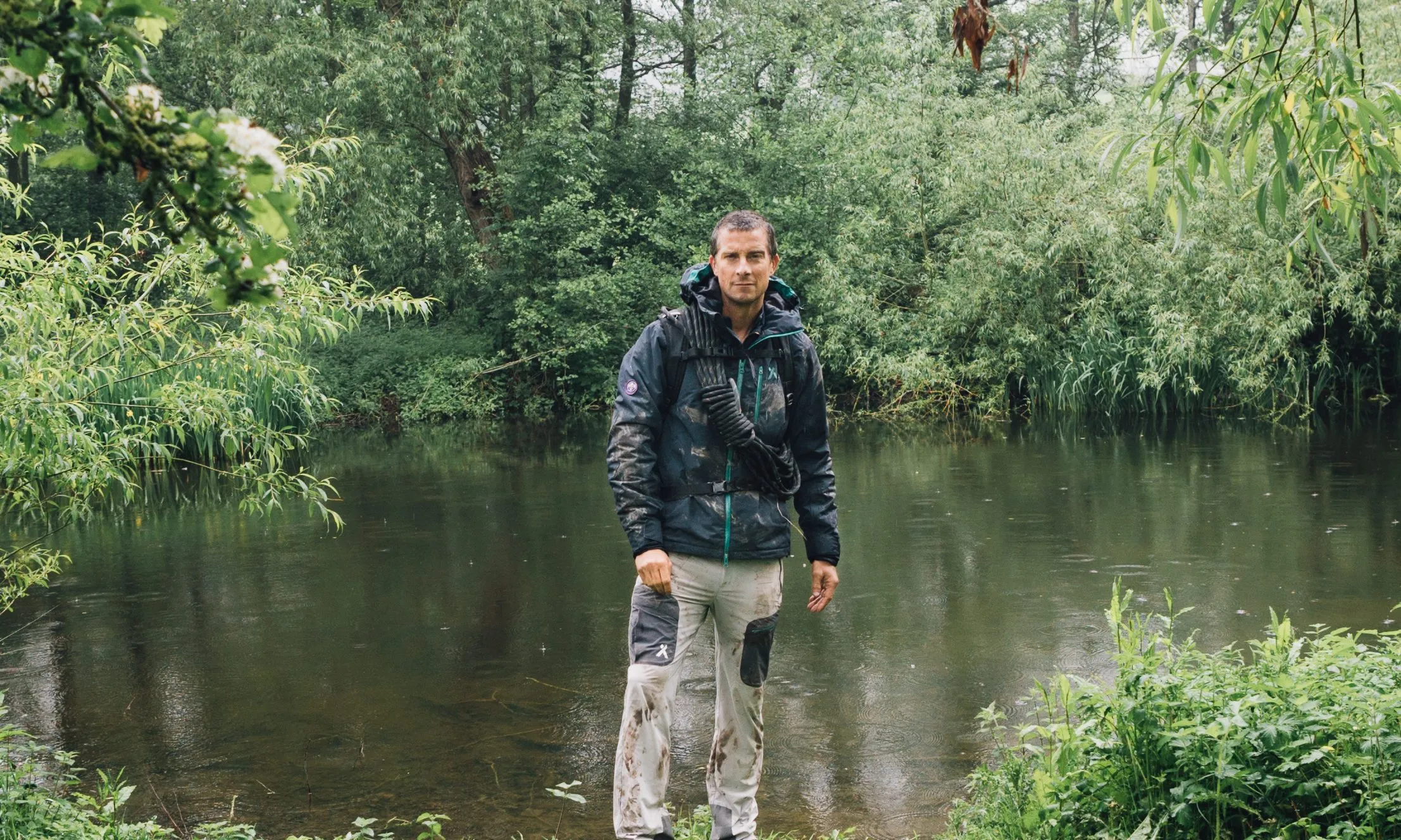

Being a castaway at sea might sound like something from an epic novel like Robinson Crusoe, but being surrounded by open ocean is very scary and sometimes people find themselves adrift and lost, even on a short voyage.
Videos by Outdoors
“If I had any idea of how frightened all of us would be at stages, I would have thought twice before I left everything—family and safety—for those northern waters,” Bear Grylls said of the 3,000-mile Atlantic crossing he once made in a small craft.
If you find yourself adrift in a life raft, after prioritizing rescue, shelter and water, the next thing on the list should be food. And although you’ll be surrounded by fish, Bear says that catching them might be more difficult than you would think—unless you have his tips and tricks.
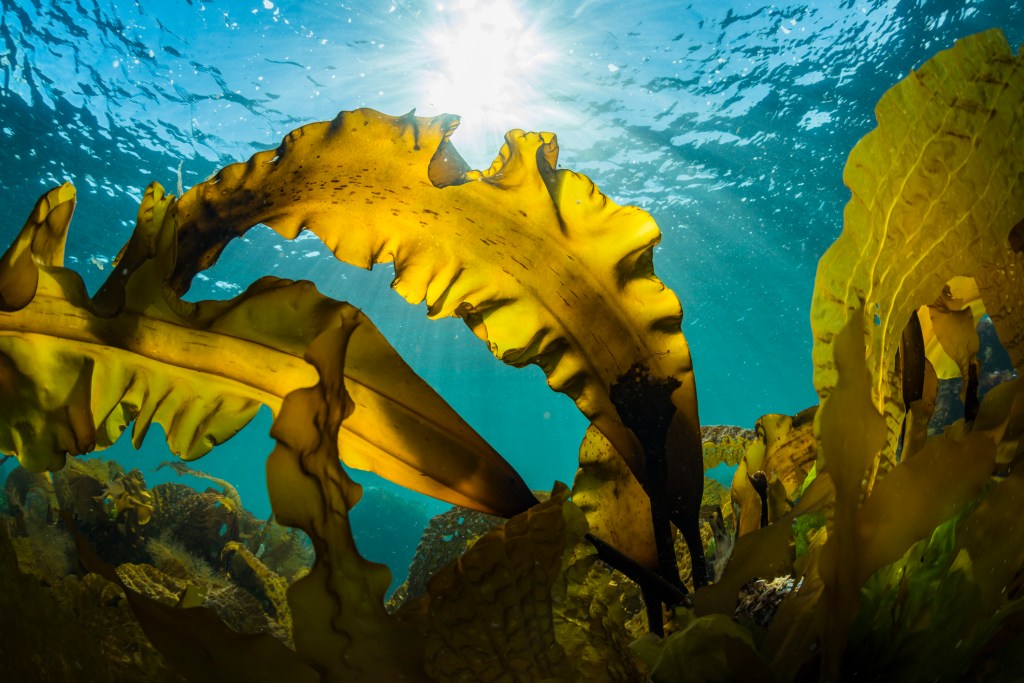
What to eat
First of all, Bear says that if you don’t have lots of water, avoid eating foods that use up a lot of water to digest. Proteins like fish, birds or seaweed (yes, it’s a source of protein) needs more water for your system to break down than carbohydrates do, so if you have simple carbs in your survival rations, use them until you have collected plenty of rainwater to drink.
Seaweed: Seaweed is rich in protein, carbohydrates, minerals and vitamins. It tastes better boiled than raw, but if you have very little fresh water and can’t rinse the seaweed (or wash it down to aid digestion), don’t eat it. To catch seaweed from a boat, put a hook onto a line and drag it off the back.
Fish: You can eat fish raw if you don’t have a way to cook it. You can also eat most parts of the fish apart from the head and tail. You can even cook and eat the guts of fish and suck marrow from the bones. If you are not using what you catch straight away, Bear recommends that you cut it up into thin slices and dry it in the sun to eat later.
Birds: The flesh of birds is edible raw and cooked. You may be lucky if a bird lands on your raft, or you can set up a snare with a piece of bait on a fishing line.
Plankton: These free-floating microorganisms are found in all the oceans of the world. They don’t taste or smell great, but are rich in vitamin C and sugars. Drag a mesh net or something like a tightly woven piece of clothing or a pair of tights to gather them.
Seashore delicacies: If you’re stuck on a seashore or deserted island, you might be able to find food like crabs, lobsters, octopus and squid, which all hang close to coast lines in shallower water. Sea urchins are a delicacy in some places—break them open to eat the innards. You can also eat mussels, limpets, barnacles, clams and sea snails. You can find conch in sea grass on sandy sea bottoms; smash the end of the shell to get at the meat but only eat the white meat—remove dark skin first. You may also find sea cucumbers on seabeds. Just be aware that they release mucus when picked up, so remove this and gut them fully before you eat them.
How to fish
You should be able to make fishing gear from something on board your raft.
“The only variable ingredient is the ingenuity of the survivor,” says Bear in Born Survivor.
Try making fishing line from shoe laces, the threads of sails or clothing. Fishing hooks can be made from safety pins, bones, metal or plastic. Lash a blade to the end of an oar to make a spear. You may be lucky enough to have a flying fish land on your deck.
You may have better luck at night than during the day, as fish are attracted to bright points of light: During a full moon can be a good time to fish, and you can use a mirror (if you have one) to reflect moonlight into the water. Alternatively, shining a flashlight can draw fish to your line.
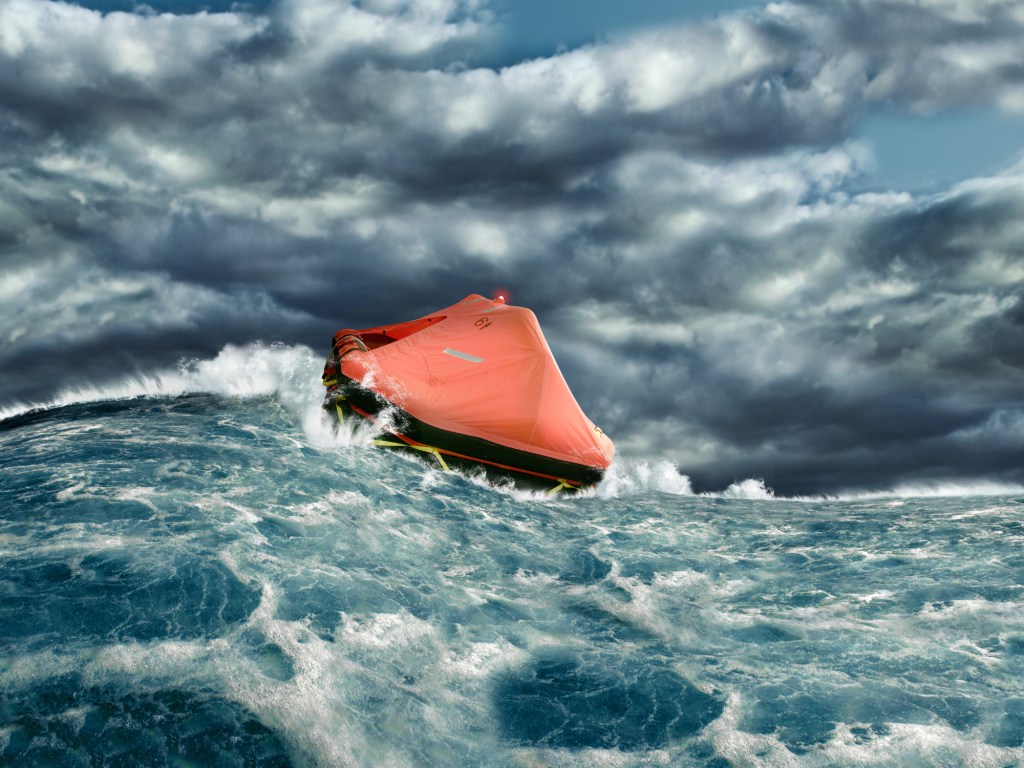
During the daytime, fish seek shade, so try the side of your raft that is in shadow. Take water refraction into account; if you’re using a spear, aim it closer to the raft than the fish appears to be.
Just be careful when casting or jabbing: Fishing hooks or spears can potentially damage your raft or your fingers. Also, snagging a large fish could sink your raft, so cut your line if you catch a large fish on it. Finally, be careful with reef fish close to land in the tropics, as many are poisonous and some can kill you.
“Spikes, livid colors, sunken eyes, spotting wrinkled flesh or a nasty smell are all signs the fish may be either diseased or poisonous,” says Bear.
More from Bear Grylls:
- How to Make a Toothbrush in the Wild
- How to Build Shelter in a Forest
- What to do If You’re Bitten by a Snake
- How to Navigate Without a Compass
- How to Deal with Injuries in Survival Situations
- How to Find Water in the Mountains
- Priorities of Survival
- How Bear Grylls Lights a Fire
- How Bear Extinguishes a Fire
- How Bear Grylls Finds Food in the Jungle
- How to Escape Quicksand
